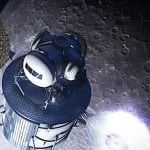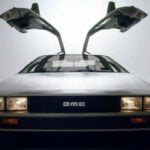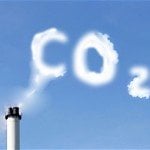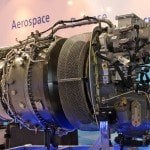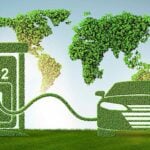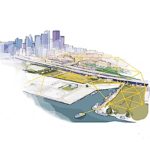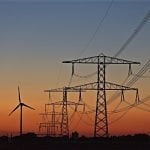In the current society ravaged by the effects of climate change, stakeholders and players in various industries are seeking to exploit existing technologies to contribute to global efforts to reduce carbon emissions. Among these initiatives includes the NASA N+3 Project, the Cambridge-MIT Silent Aircraft, and Cambridge Zero. These initiatives seek to contribute to the development and widespread adoption of electric air vehicles (EAVs).
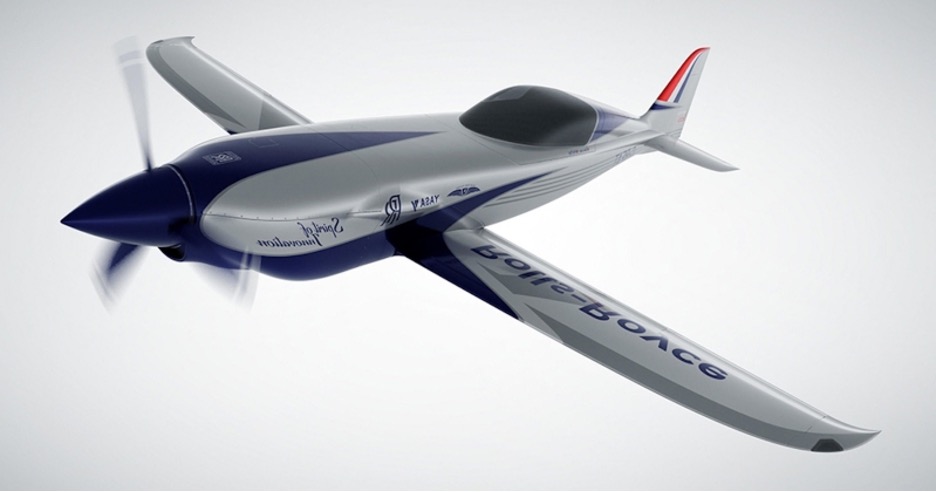
According to ATAG, flights produced 895 million tonnes of CO2 in 2018 compared to 42 billion tonnes of CO2 produced by humans during the period globally. Decarbonizing the sky offers an invaluable opportunity to cut down CO2 emissions by approximately 70%. Electrification offers small and medium-sized aircraft a quick and easy way to reduce their carbon footprint with over 70 aviation companies expecting to conduct their first electric flight by 2024.
Among the EAVs ready for flight tests include Accel powered by Rolls-Royce electric engine scheduled to begin in 2020. With a more powerful electric engine reaching speeds of over 300mph, the Accel is to break the 213mph world record held by Germany’s Extra Aircraft 330LE since 2017. Even though the initiatives developing EAVs have excluded larger aircraft, for now, hybrid-electric engines expected to be released in the coming years will enable the electrification of larger airplanes.

For the N+3 initiative, an N+3 technology level engine was developed to act as a reference for use in the assessment of the technology and decision-making. With this reference cycle, assessment of the “expected capability of gas turbine engines in the N+3 timeframe” can be undertaken based on “reasonable extrapolations of technology improvements,” according to Interesting Engineering. It also offers the ability to maximize the improvements.
For the Cambridge initiative, researchers are focused on developing electric and hybrid-electric aircraft using power generated from the tides, solar energy, and hydrogen-based engines. Professor Rob Miller of the University of Cambridge, highlights that they are working to reduce the emissions of air travel and power production on land by exploiting existing technologies such as Rolls-Royce’s UltraFan engine. Using this engine will reduce CO2 emissions by more than 25% by 2025.
Even though Cambridge’s Whittle Lab has partnered with strong industrialists and manufacturers such as Rolls-Royce, Dyson, Mitsubishi, and Siemens, the focus is shifting to Propulsion and Power Challenge Space requiring teams from the University of Cambridge to team-up with players in various industries. This will enable the development of the technologies needed to “decarbonize the propulsion and power sectors” says Professor Miller.
Another Cambridge initiative headed by Dr. Chez Hall focuses on “how a potential replacement for the 737 could work.” The futuristic architecture used by Hall’s team would reduce fuel burnt by up to 15%. How to accelerate technology development is the main decarbonization challenge.
According to Dr. Duncan Walker, Senior Lecturer at Loughborough University, the transformation from combustion to electric aircraft will not happen in the first 10 to 20 years, but the number of EAVs will increase quickly after that. Walker predicts that it follows the path taken by electric vehicles starting with a hybrid before fully-electric engines are developed. The main challenge is developing batteries that are strong enough to provide the thrust required for cruise and lift-off. Dr. Walker expects these batteries to be developed in the next 20 or 30 years.

